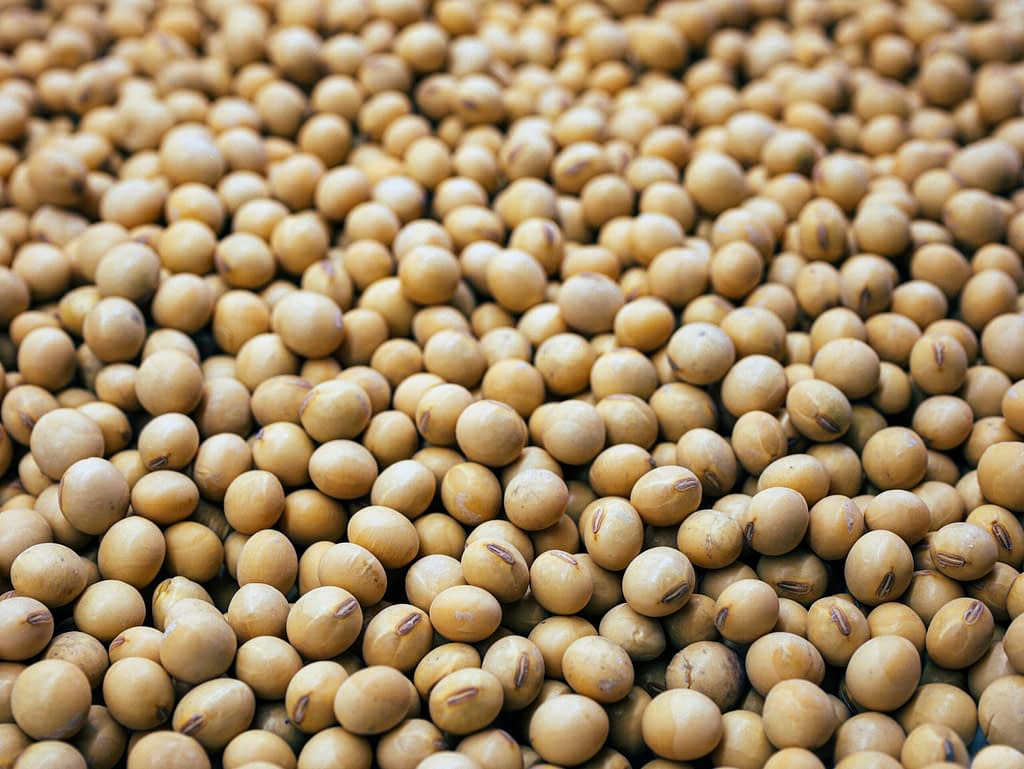China has just purchased an unusually large amount of Brazilian soybeans, clearly demonstrating how the escalating trade war is making purchases of US crops economically unviable. At least 2.4 million tons of beans were booked earlier this week, almost one-third of the average volume China typically processes in a month, sources familiar with the situation told Bloomberg News. These sources noted that the buying spree was unusually large and rapid.
Why Is China Abandoning American Soybeans?
While Beijing has diversified its agricultural imports in recent years, the US remains its second-largest soybean supplier. However, with the rapidly escalating tariff war between the two countries – which is testing the agricultural sectors of both nations – buying American soy has become economically unfeasible.
Key Consequences of the Trade War for the Soybean Market:
- China purchased a record 2.4 million tons of Brazilian soybeans within days
- The US is losing ground in the Chinese market, where it has been the second-largest supplier
- High tariffs make American soybeans uncompetitive
- Latin American growers (especially Brazil) are significantly benefiting from trade diversion
- The trade dispute is reshaping a market worth more than $12 billion (2024)
- The European Union has also included soybeans in its retaliatory tariffs (with a 90-day delay)
When it comes to targeting the US with duties, soybeans – the cornerstone of pig and poultry diets – was a widely expected choice. China accounts for half of the revenue from US soy exports. But China isn’t alone in targeting this crop. The European Union this week included soy in its tariff response to Washington’s steel and aluminum measures (though it then moved to swiftly delay it by 90 days following President Donald Trump’s U-turn on so-called reciprocal tariffs).
Benefits for Latin America and China’s Self-Sufficiency Strategy
The Sino-US spat is reshaping a trade worth more than $12 billion in 2024 and stands to benefit Latin American growers. China has already been buying more soybeans from Brazil, which is now its top supplier.
Beijing has also made other efforts to secure supplies. The country is working on increasing its grain output, highlighting a determination to rely more on domestic production, and to reduce the amount of soybean meal used for animal feed. It’s promoting a low-protein diet technology, which uses more additives like amino acids at the expense of soymeal.
In its 10-year food security plan published Monday, the Central Committee of the Communist Party of China said: “A strong country must first have strong agriculture, and a strong agriculture can only make the country strong.”
This sharp increase in Brazilian soybean purchases clearly signals how quickly global trade flows are adapting to new tariff barriers. For American farmers who have long relied on the Chinese market, this presents a significant challenge, while South American producers are experiencing an unexpected boom. Analysts warn that these changes in trade patterns may be permanent, even if current trade tensions ease.




